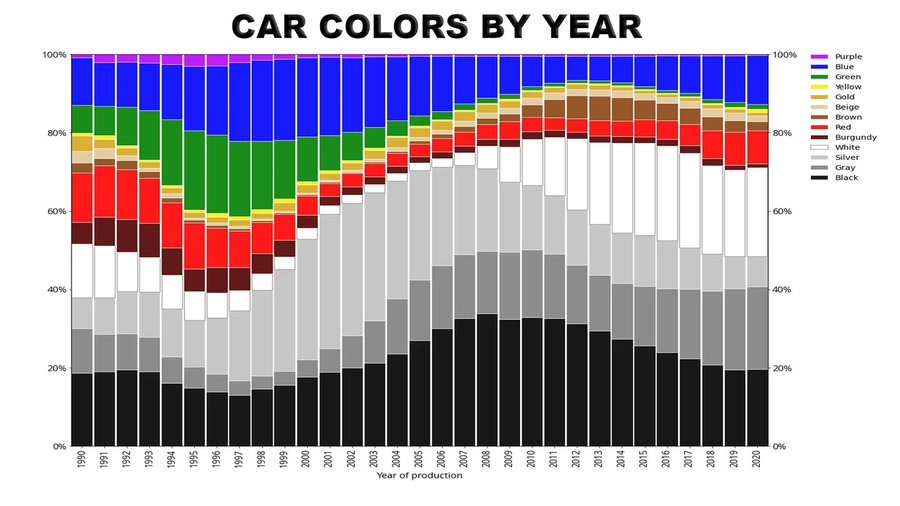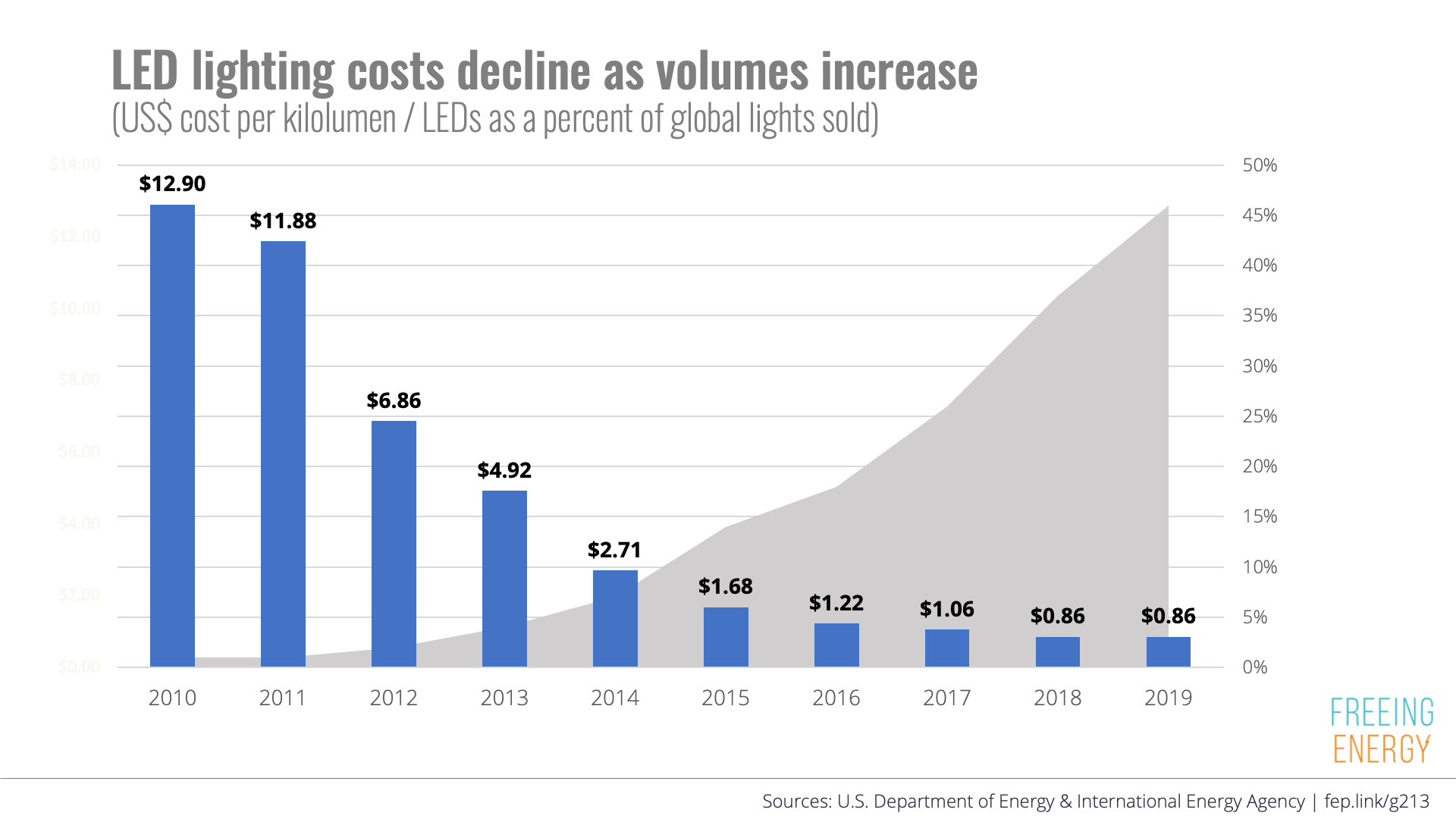Alejandro Joderowsky’s movie about ‘psychomagic’ his practice of tailor-made quasi-shamanic rituals, is much more sane than I expected.
This documentary – made both by and about Jodorowsky, who is clearly his own favorite subject – shows us a series of Jodorowsky’s ritual treatments, interspersed by clips from his older movies.
Each time, we see somebody in a state of crisis or despair: a woman whose fiance died in front of her, a couple falling out of love, a middle-aged stutterer. Several are troubled by childhood experiences or fraught relations with their parents – appropriately, considering that Jodorowsky defines his psychomagic in relation to Freudian psychiatry.
The difference, we are told in the prologue, is that psychiatry is therapy through talk. Psychomagic is therapy through acts. Acts like being buried alive, symbolically torn apart by birds, drenched in milk, and having plates smashed on your chest. And that’s just the treatment for one person!
The acts tend to be dramatic, physical, intimidating, and well attuned to one person’s situation. They put that person at the center of an elaborate metaphorical production which gives material form to their problem. It’s a production coordinated with the visual flair of a film director: the stutterer sees himself covered head-to-toe in gold paint. The couple glumly drag chains through Paris as they contemplate whether to separate.
Having been materialised, the trauma can now be guided by performing actions on its physical representation. The chains of marriage are buried; the unused wedding dress is cremated. Whatever ‘magic’ there is in psychomagic, it depends on no forces beyond one person’s psychology. It gives the trauma center stage for a while, before providing a route towards catharsis and closure.
That’s not to say that it’s all easy to accept. Jodorowsky definitely gives off creepy vibes at times. Perhaps that is inevitable for an older man reaching such physical and emotional intensity with vulnerable people. But it’s hard not to notice how many rituals involve tearing off somebody’s clothes. And Jodorowsky’s titanium sellf-confidence is not something you imagine stopping in the face of a hesitant ritual subject. There’s also one segment with uncomfortable traces of faith healilng, as a cancer sufferer receives psychic energy from an auditorium of Jodorowsky fans, has unpleasant faith-healer vibes.
One of the most convincing sections is also one of the least elaborate. His patient is a depressed and foul-tempered old woman, somebody who clearly adores ‘Alejandro’ but seems unlikely to buy into any high-intensity shamanic ritual. Jodorowsky’s prescription is a daily walk to the park to look after a tree. For a moment Jodorowsky sheds his showmanship and comes across as a wise, caring old friend.



